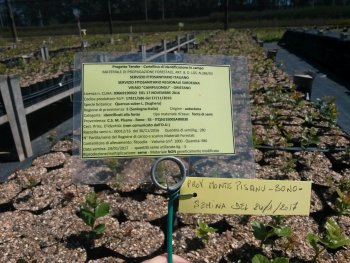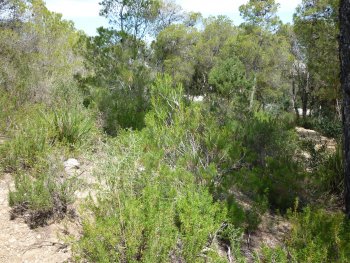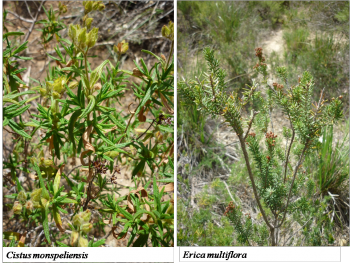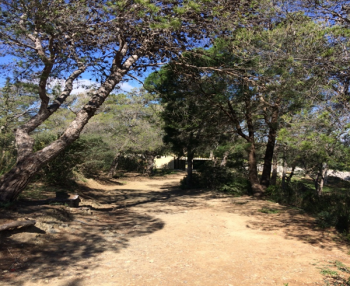Delineation of seed collection zones based on environmental and genetic characteristics for Quercus suber L. in Sardinia, Italy
Submitted by Sara Maltoni on 24 June 2020The main objective of the study is assessing the areas where Quercus suber (cork oak) seeds (acorns) should be collected, taking into account both environmental and genetic variables, identifying uniform climatic areas and investigating the genetic diversity among populations at the regional scale. Combining the two factors, areas of interest for valorising the available germplasm can be identified.




